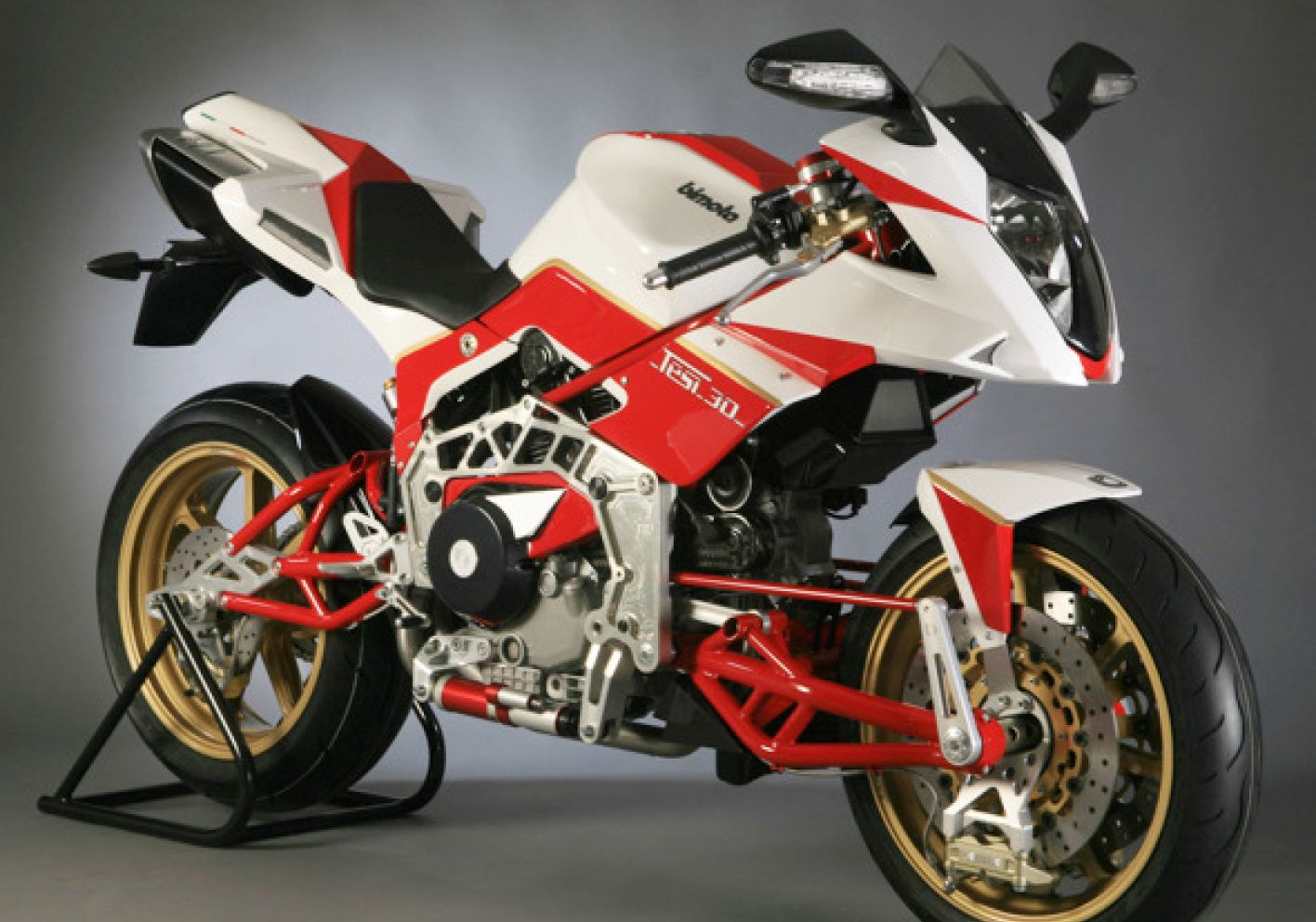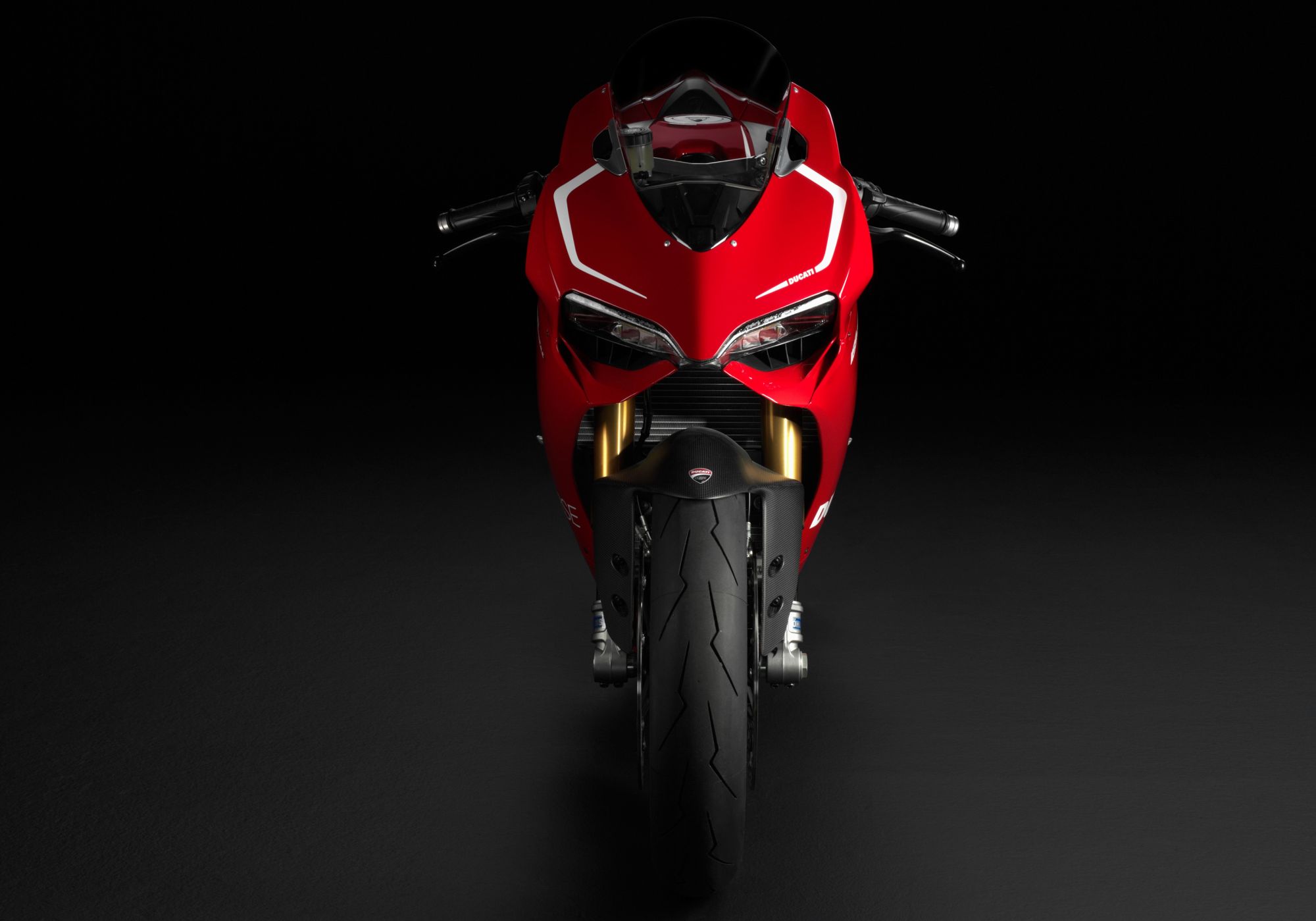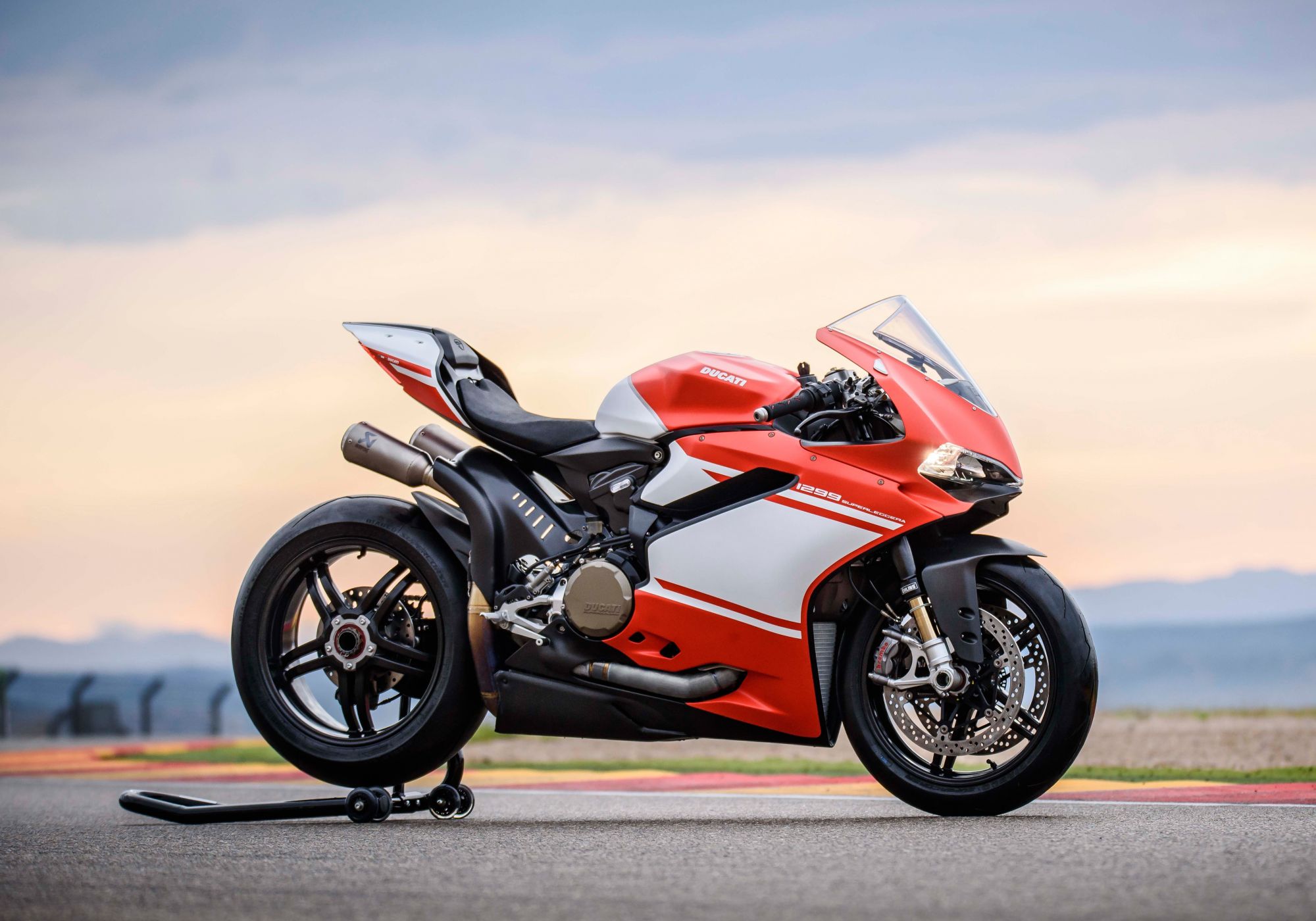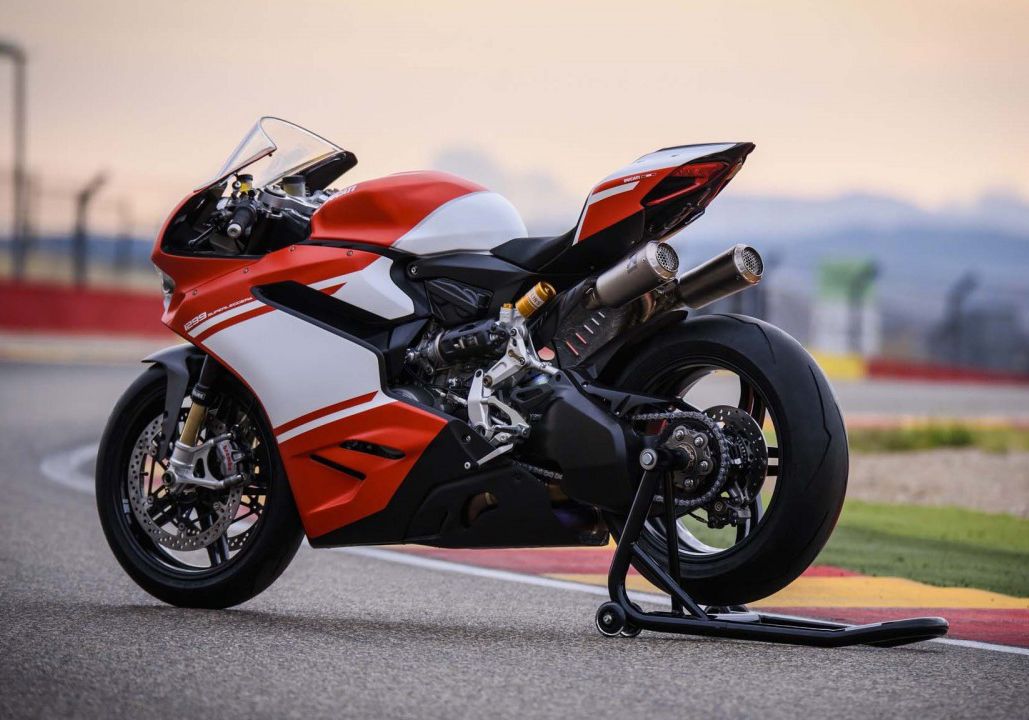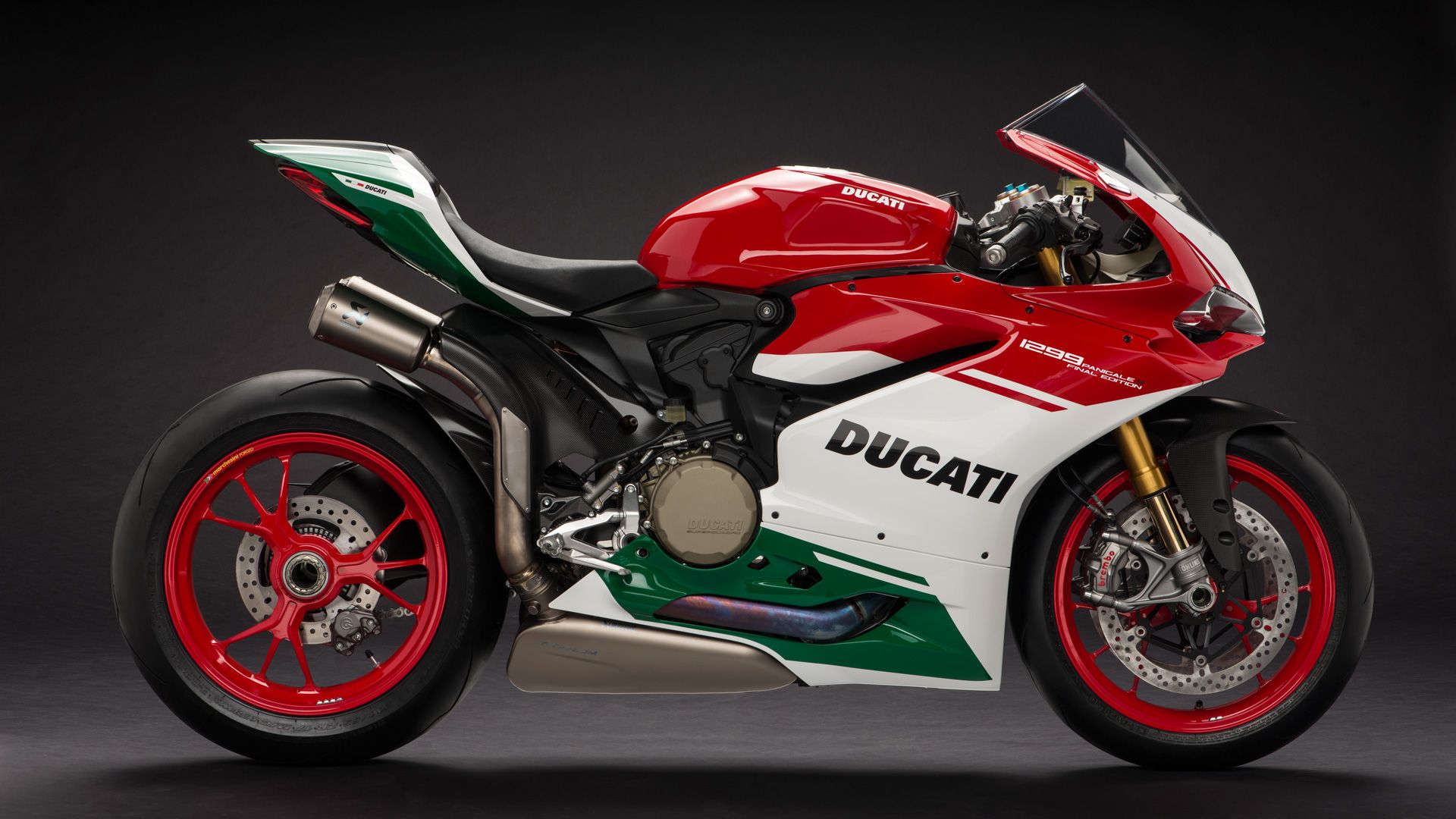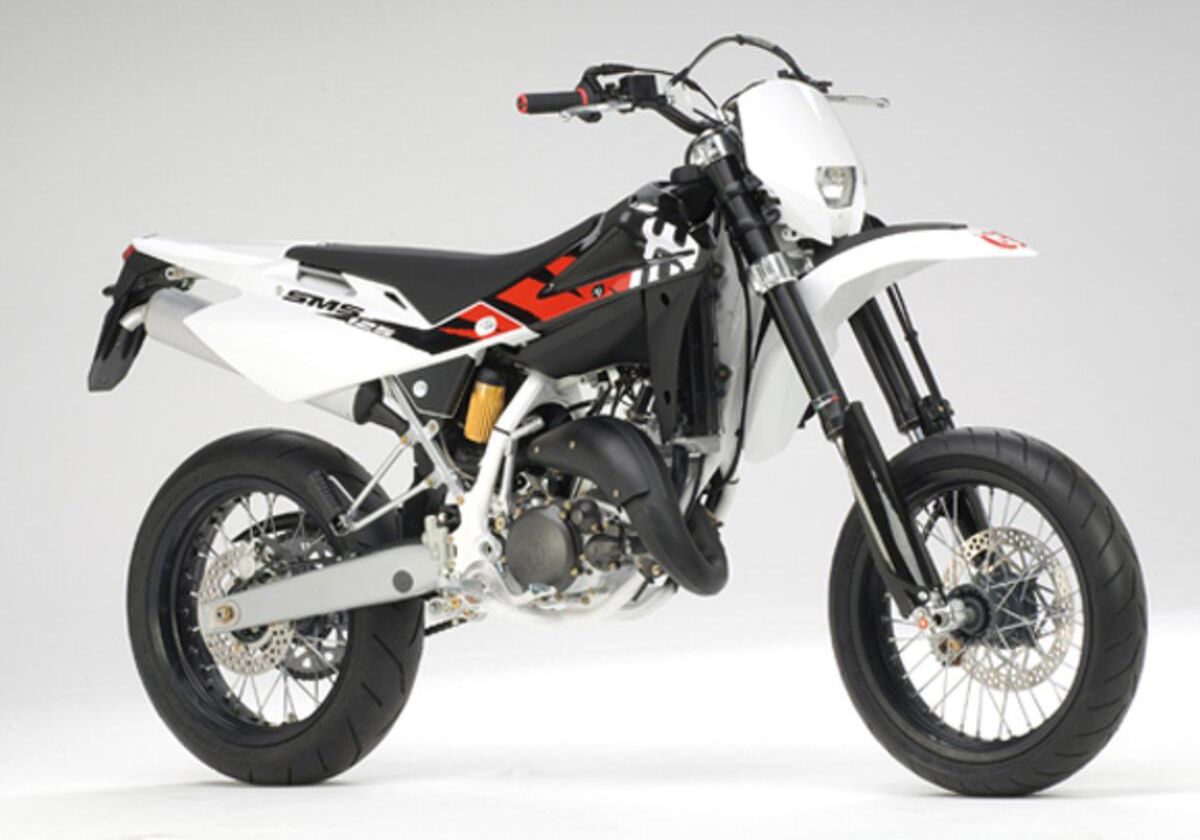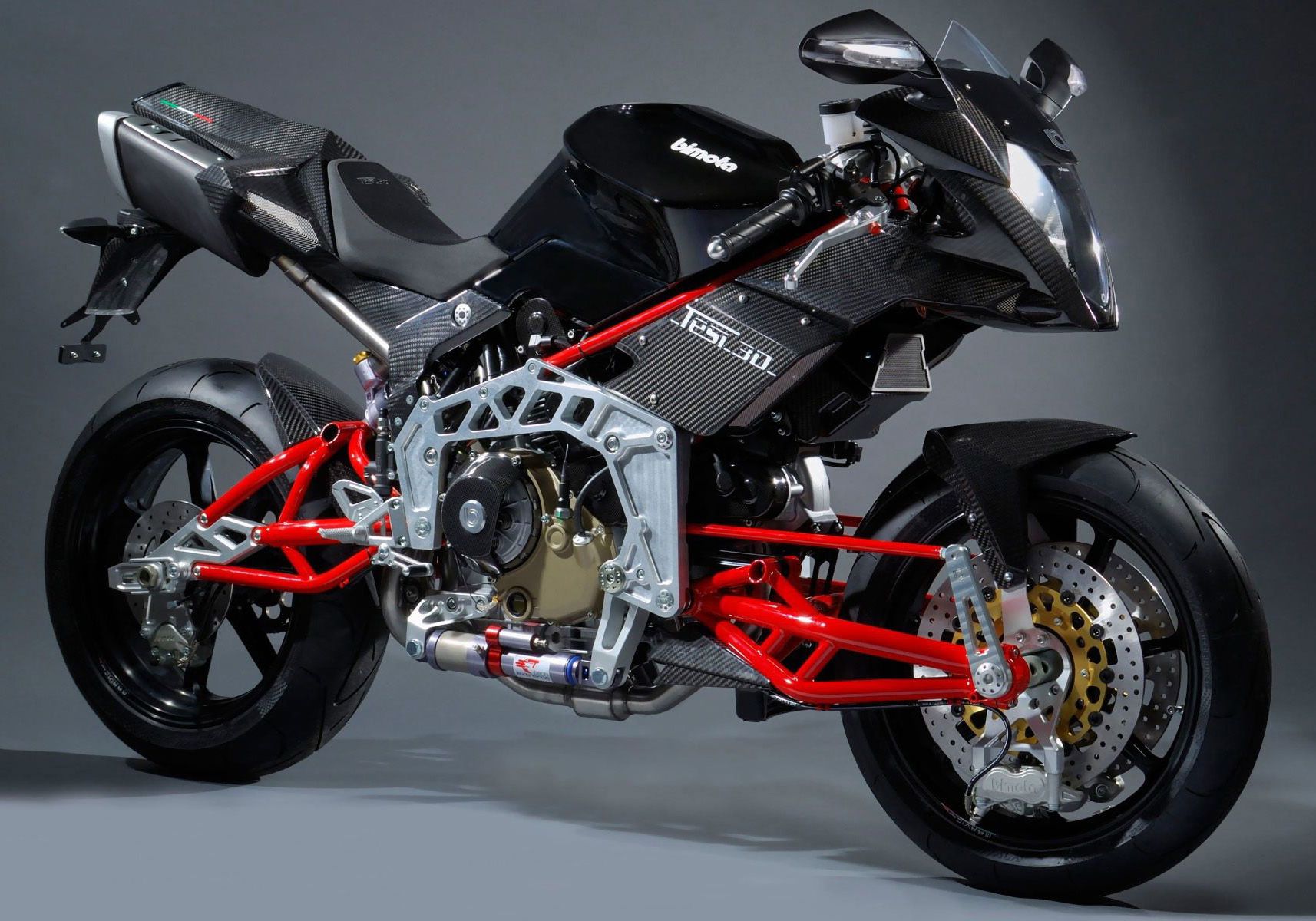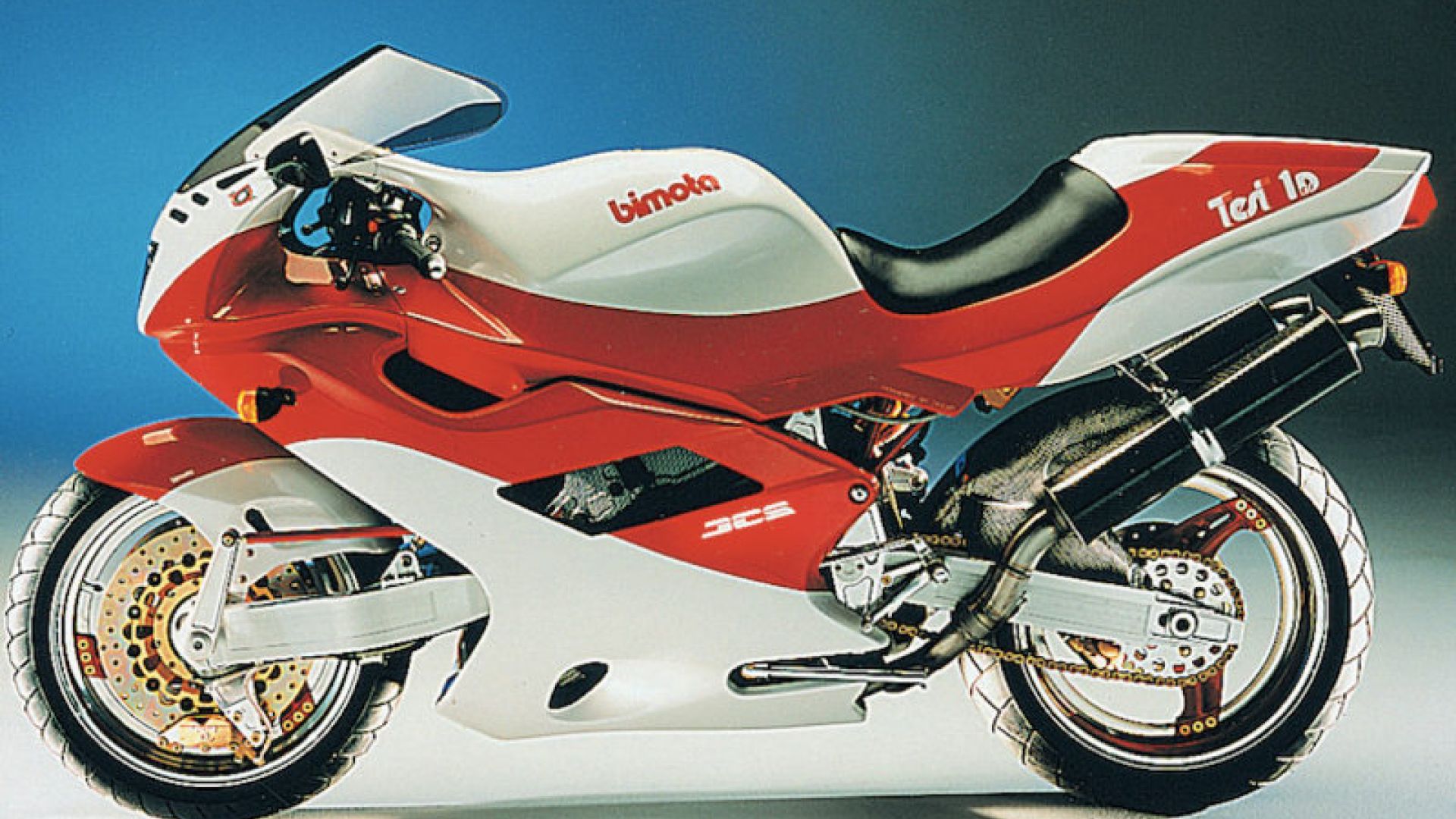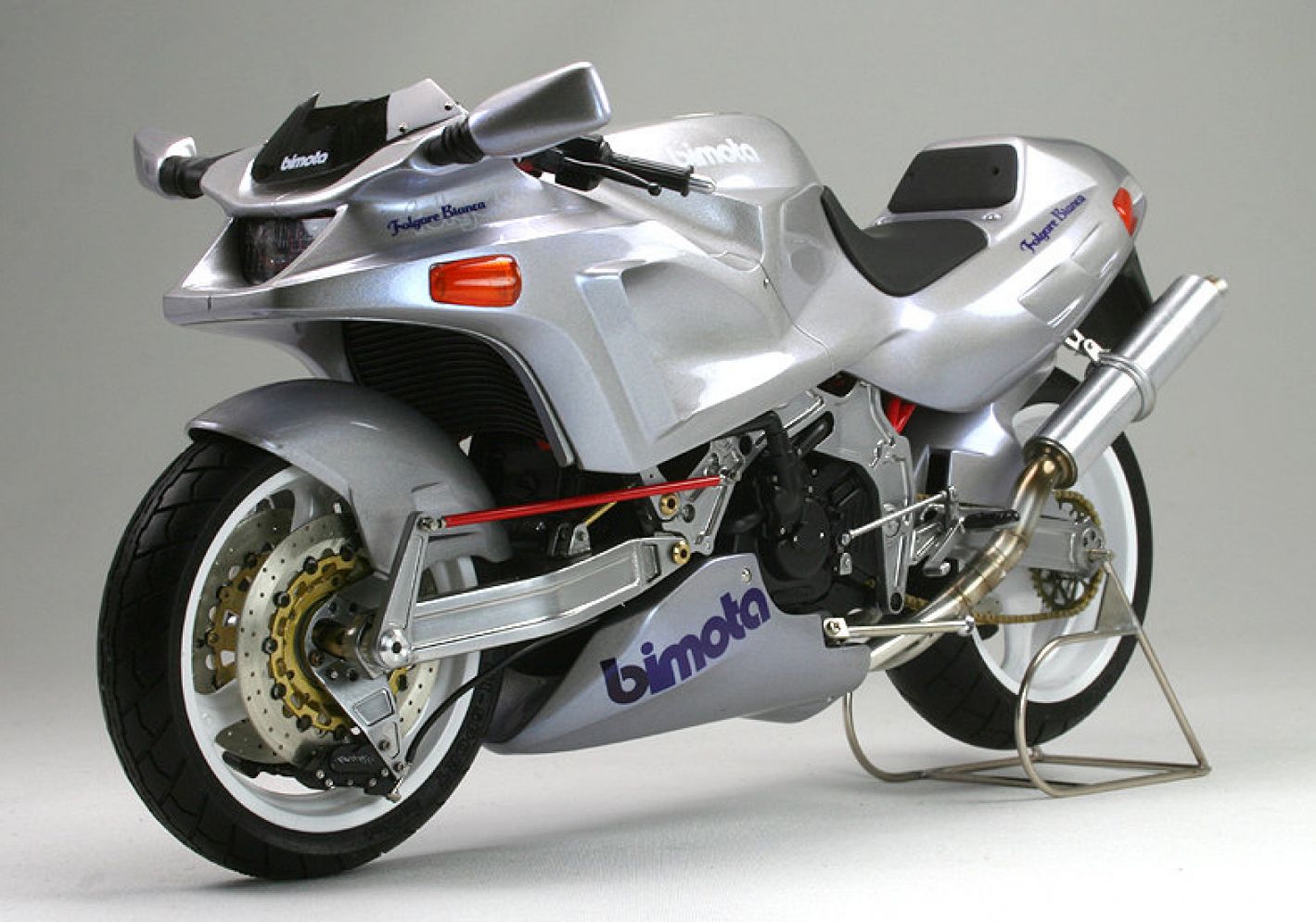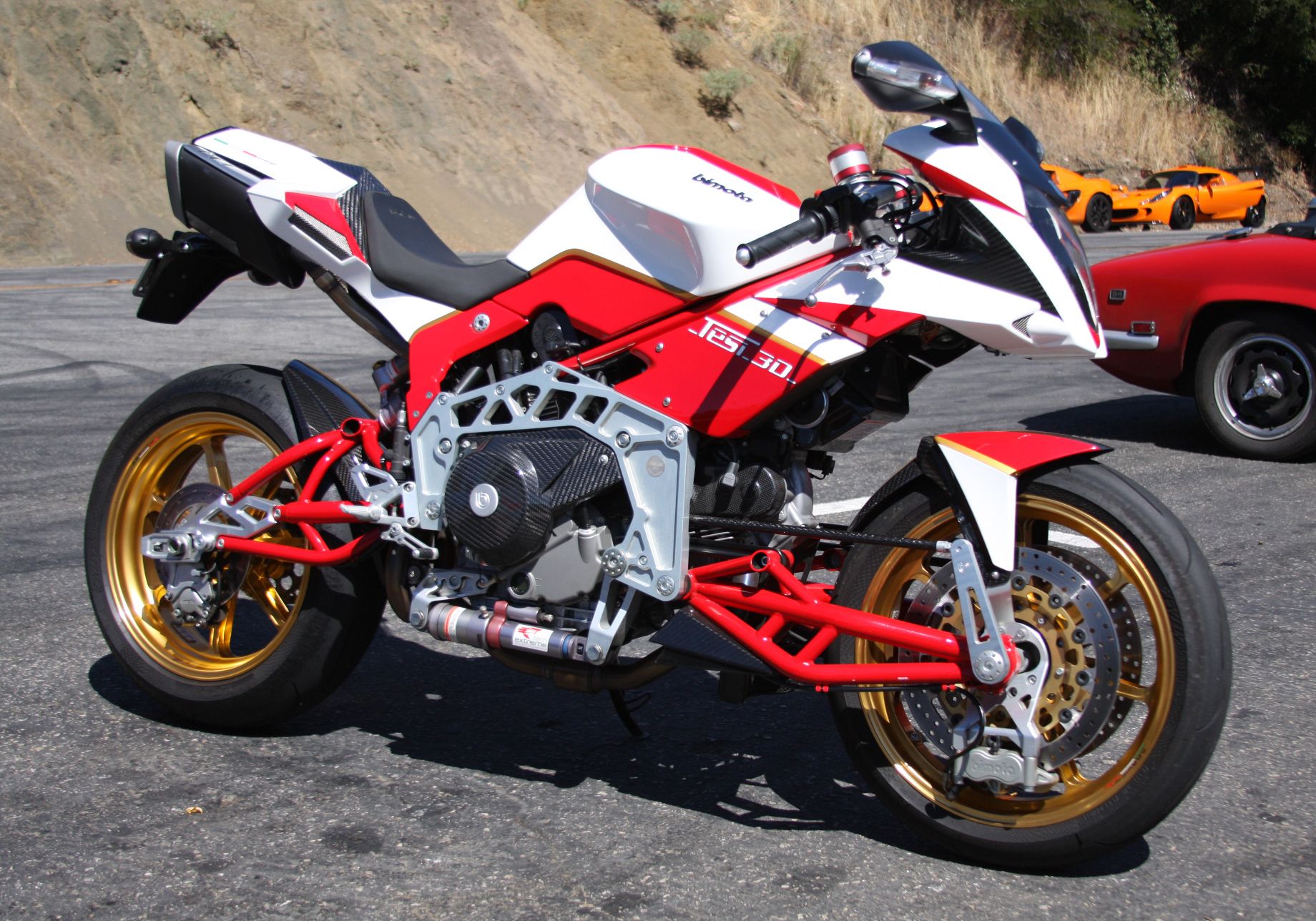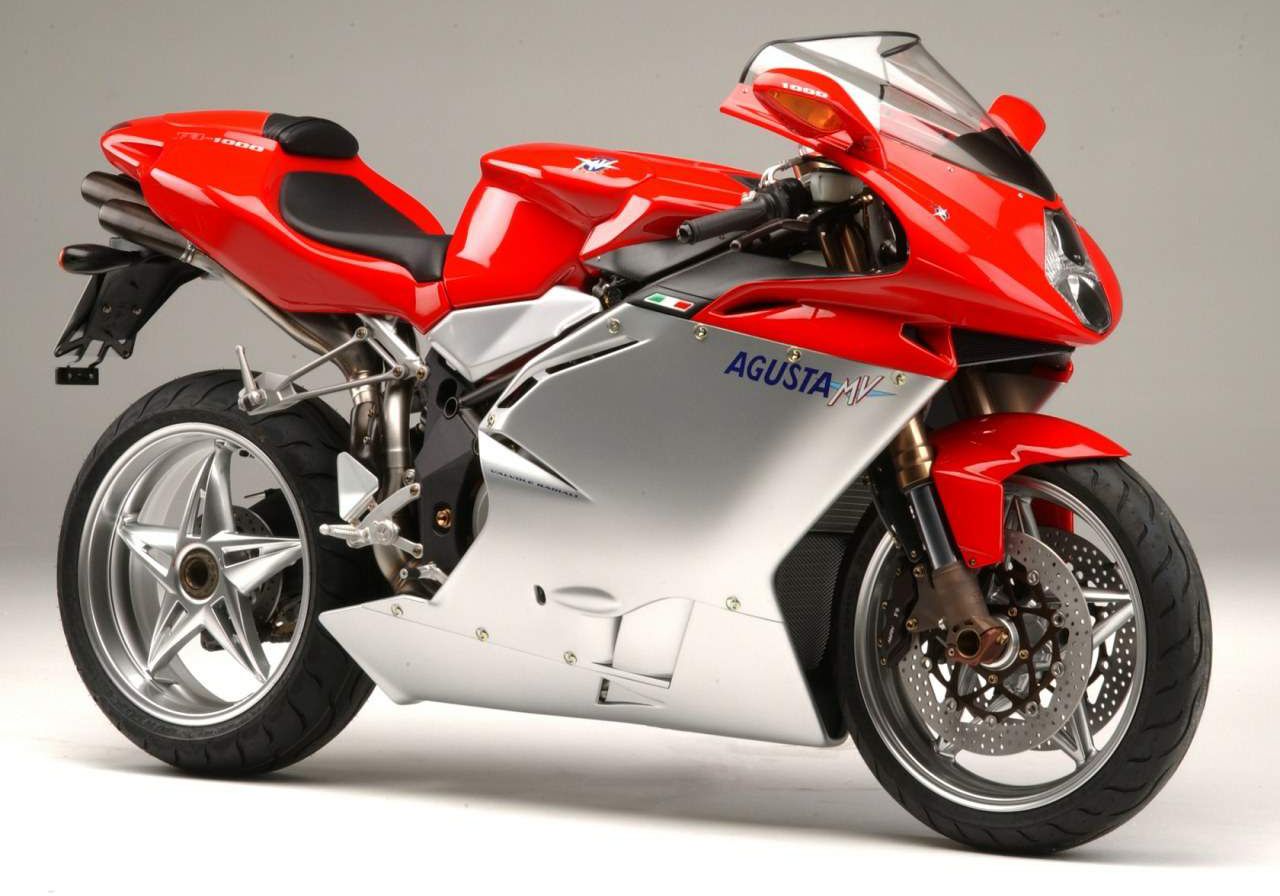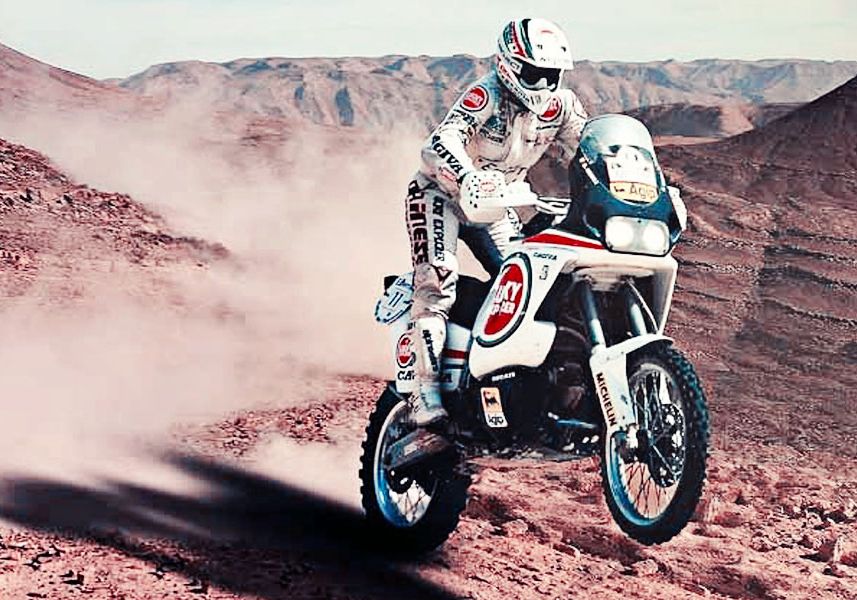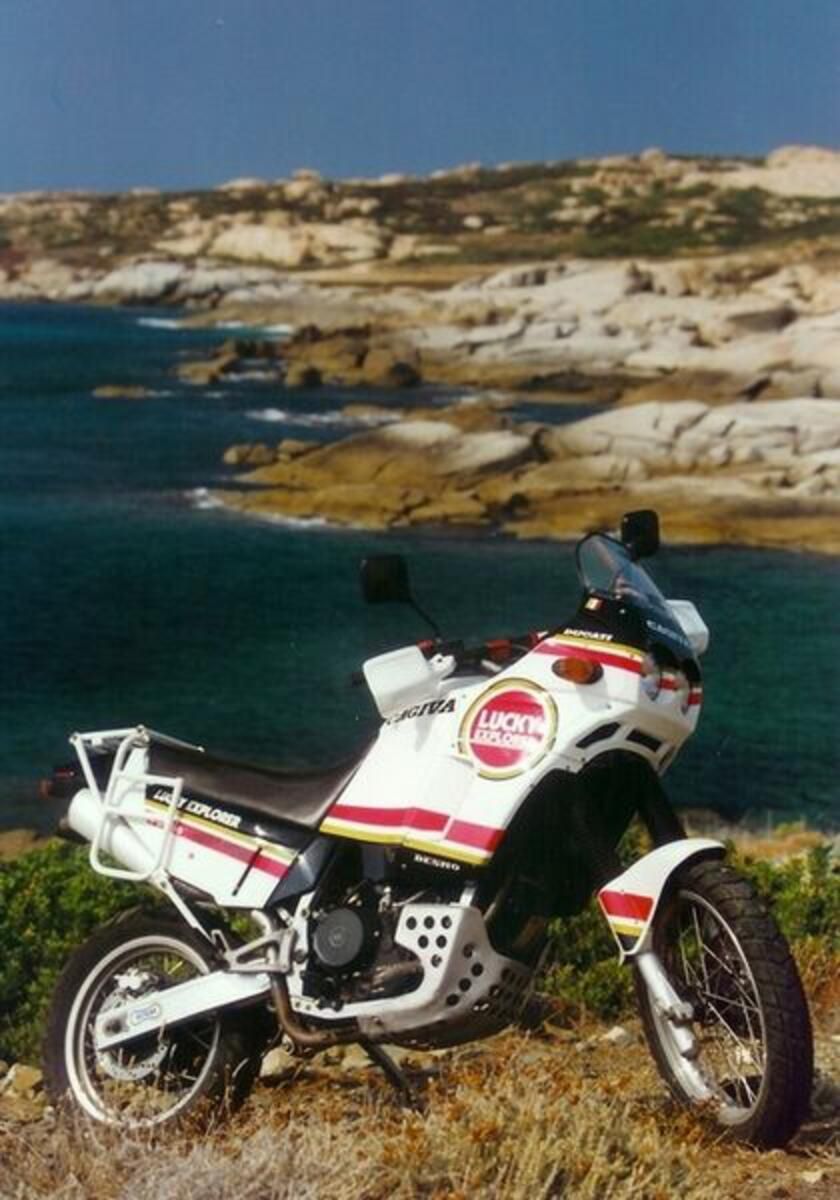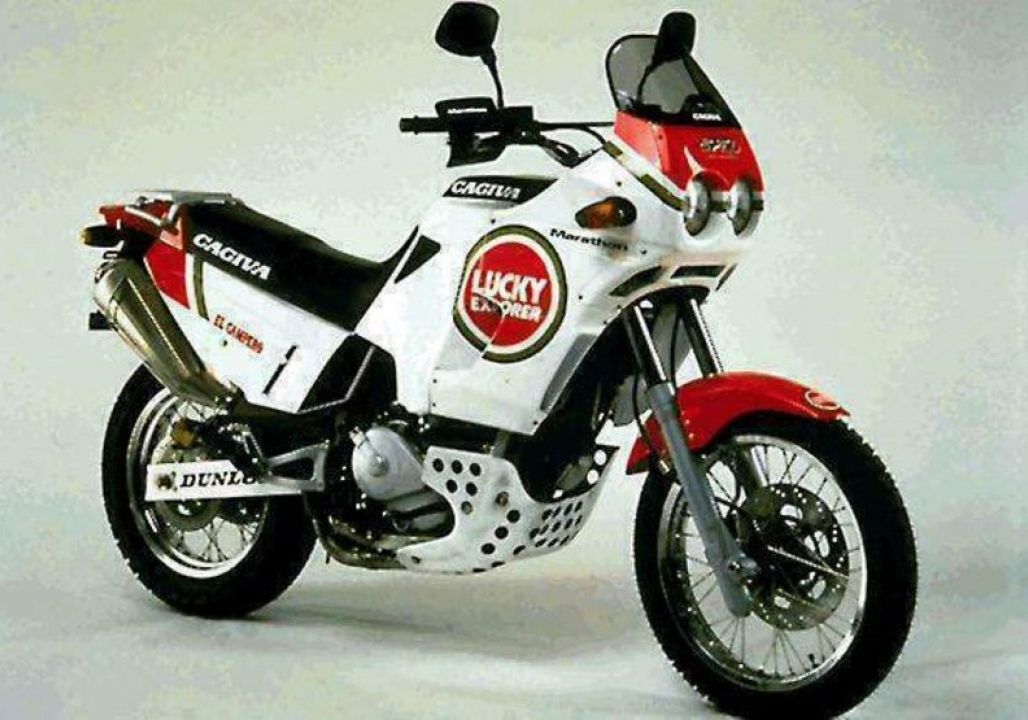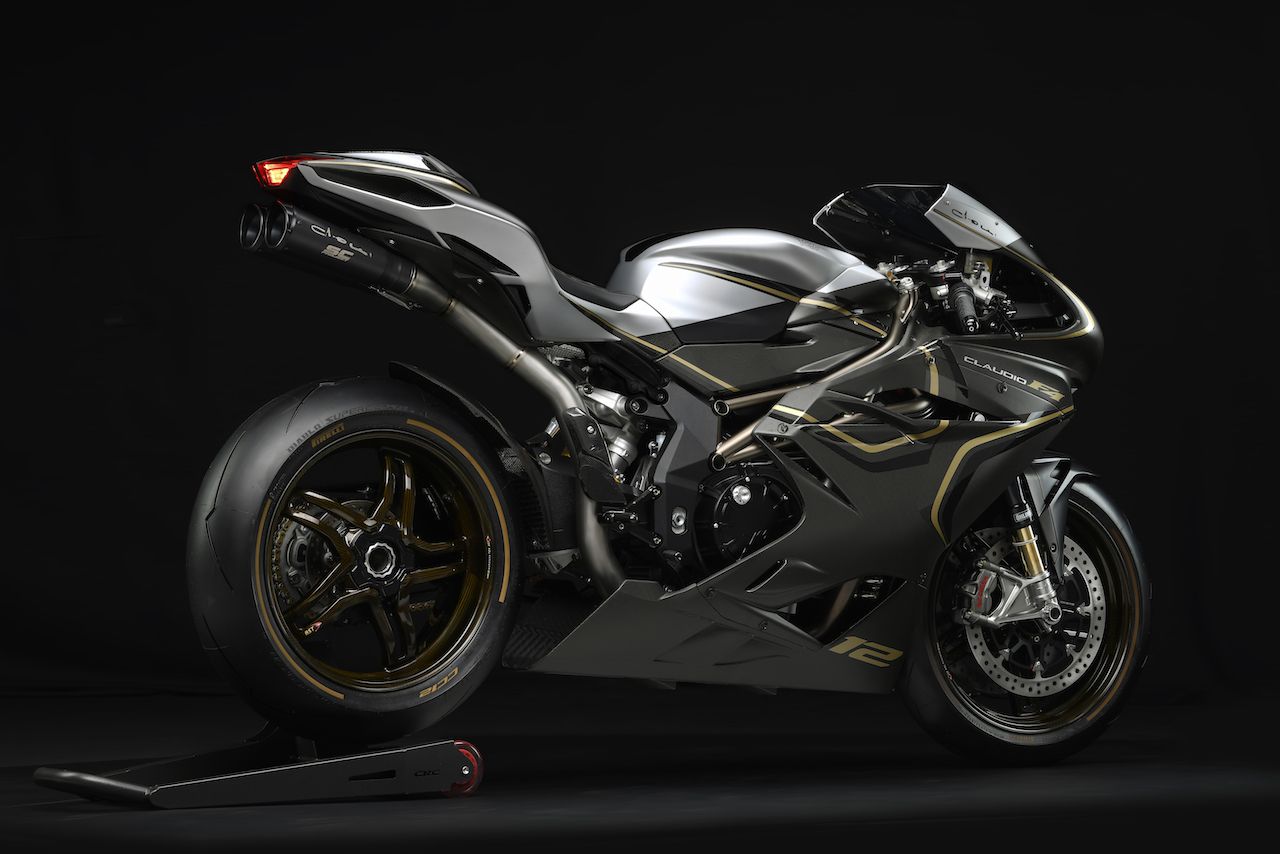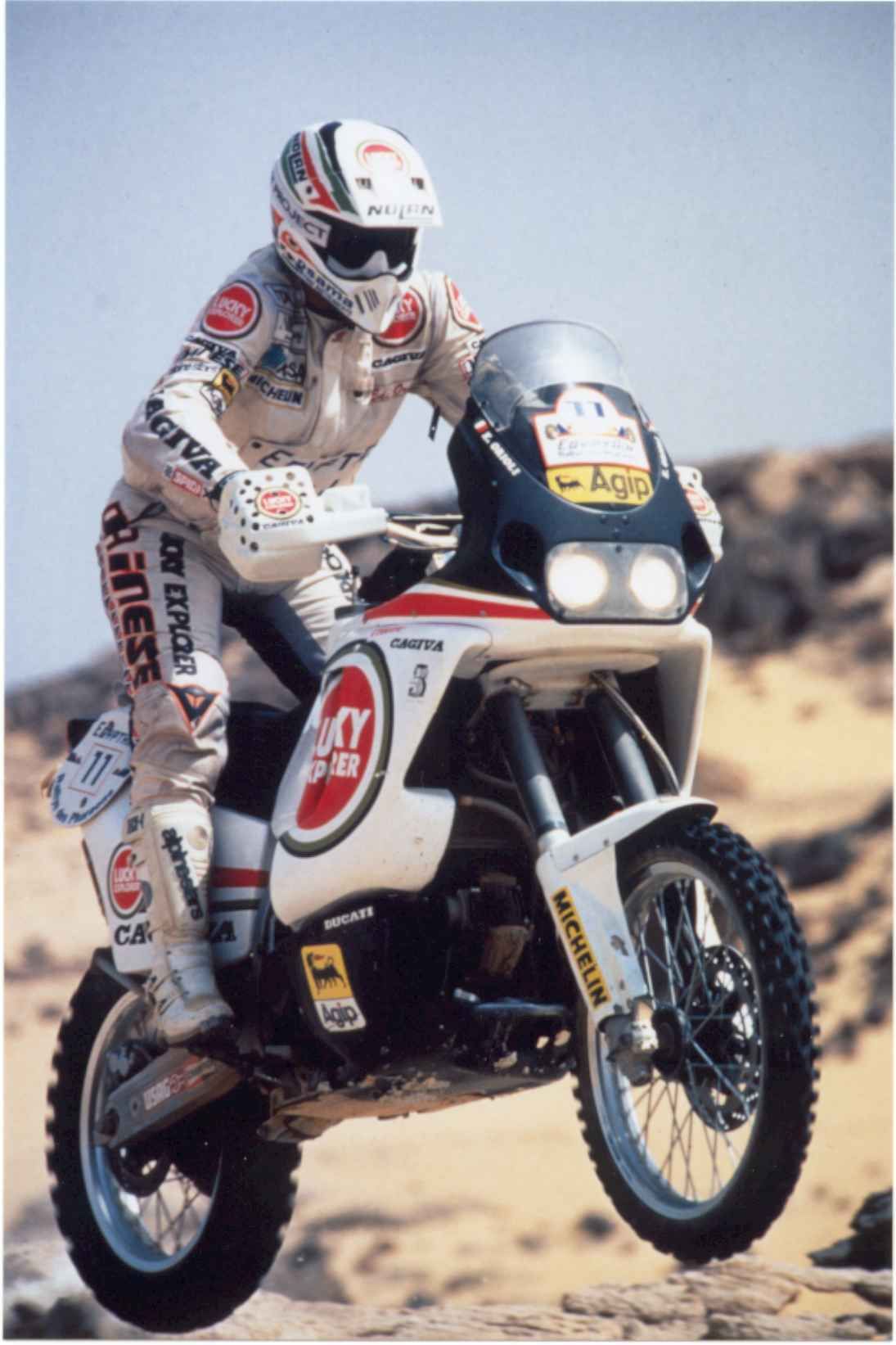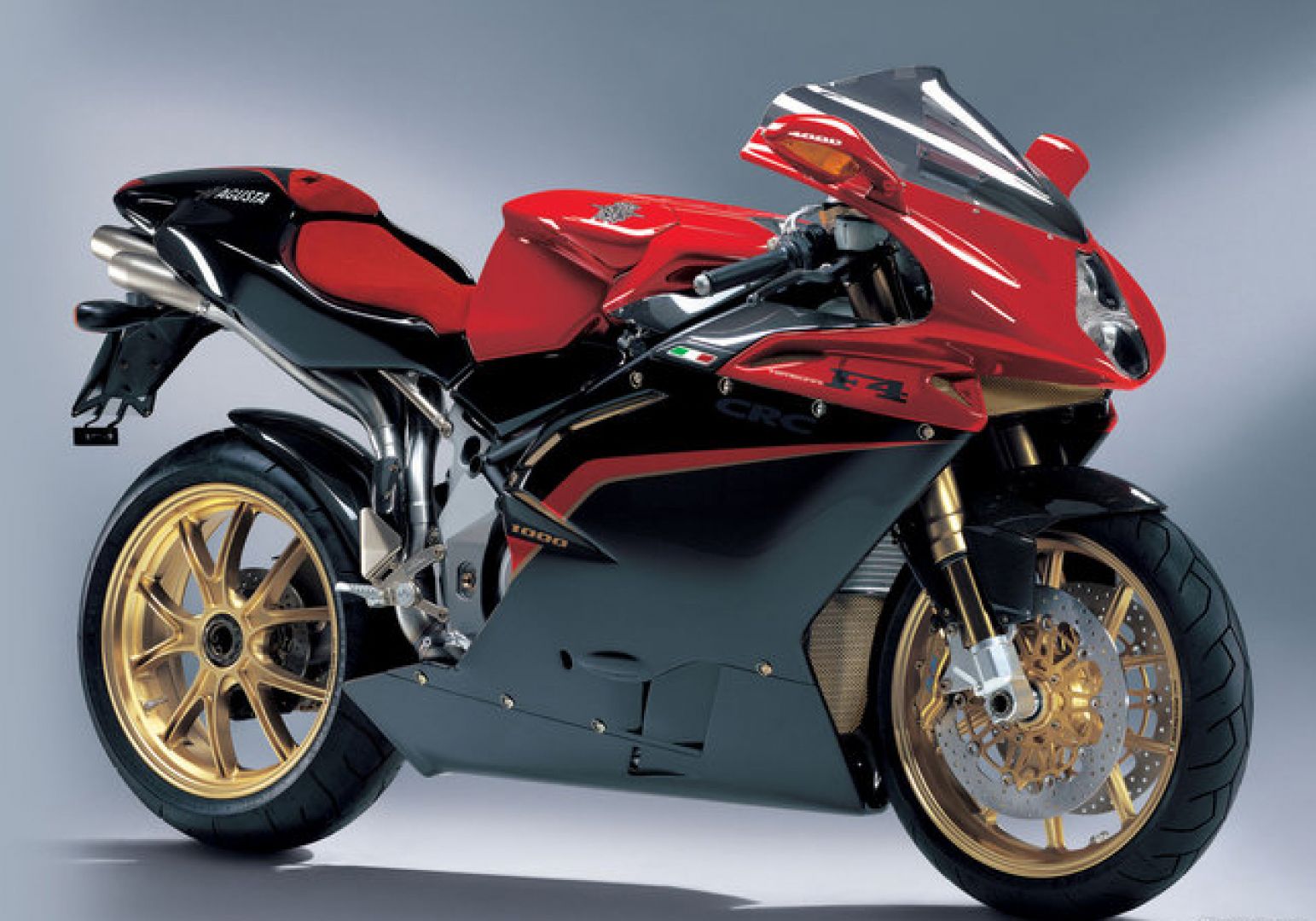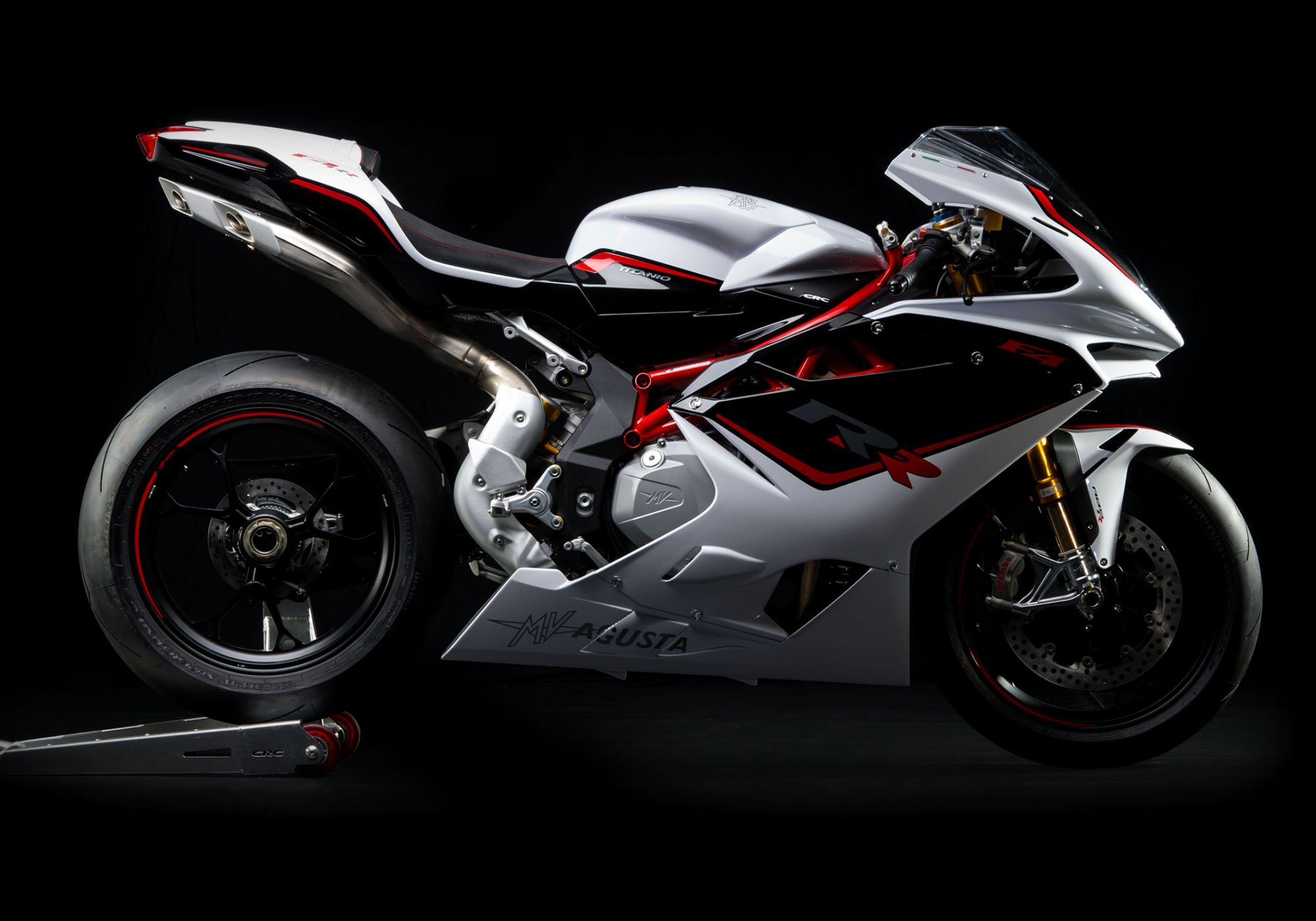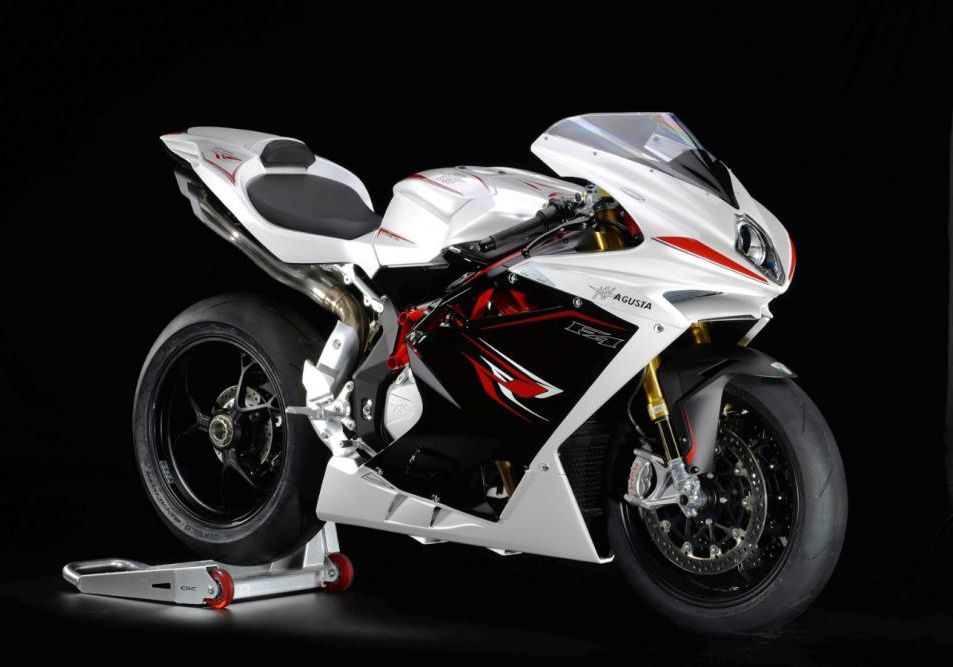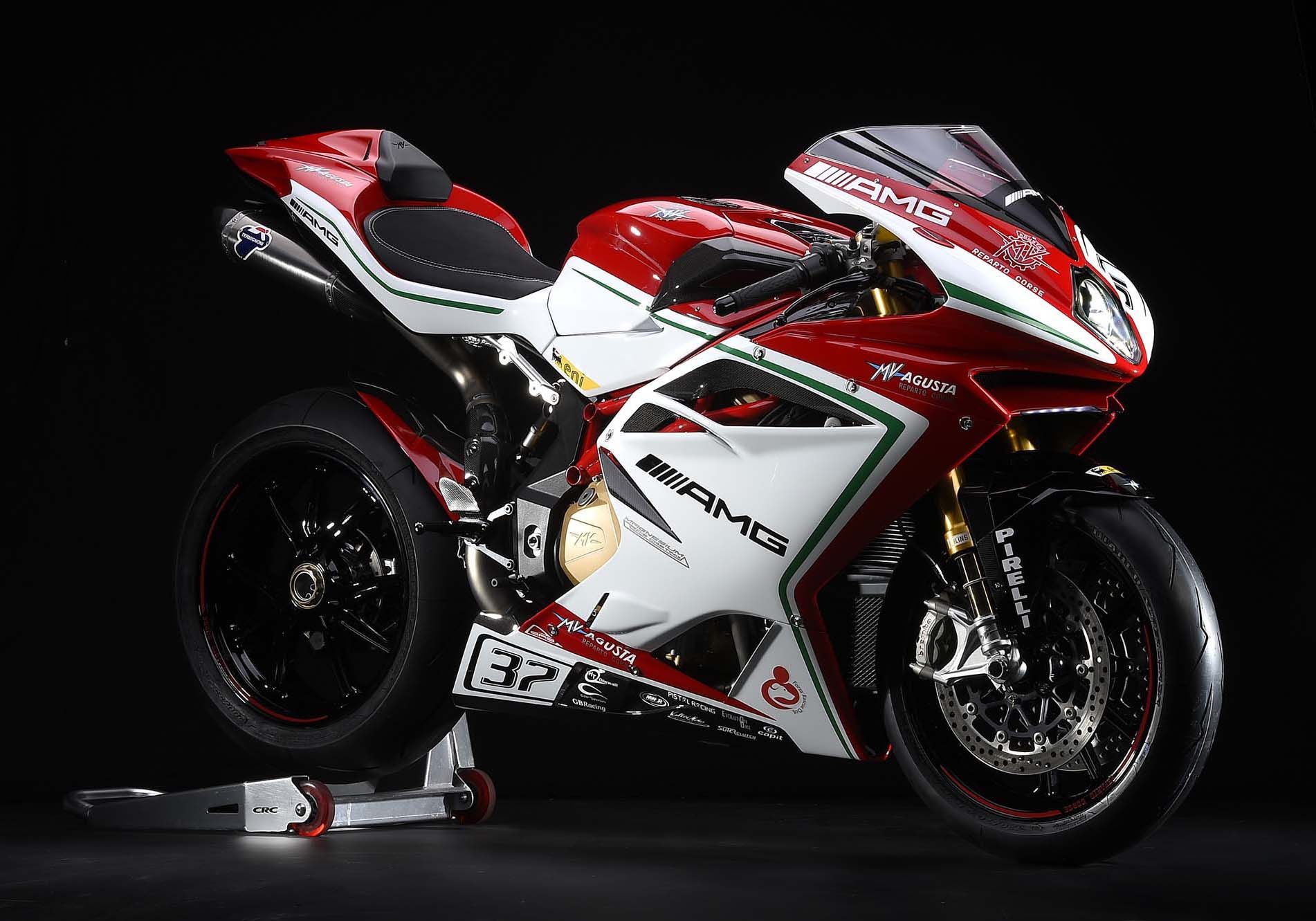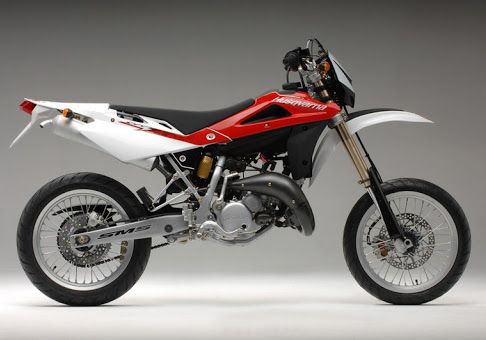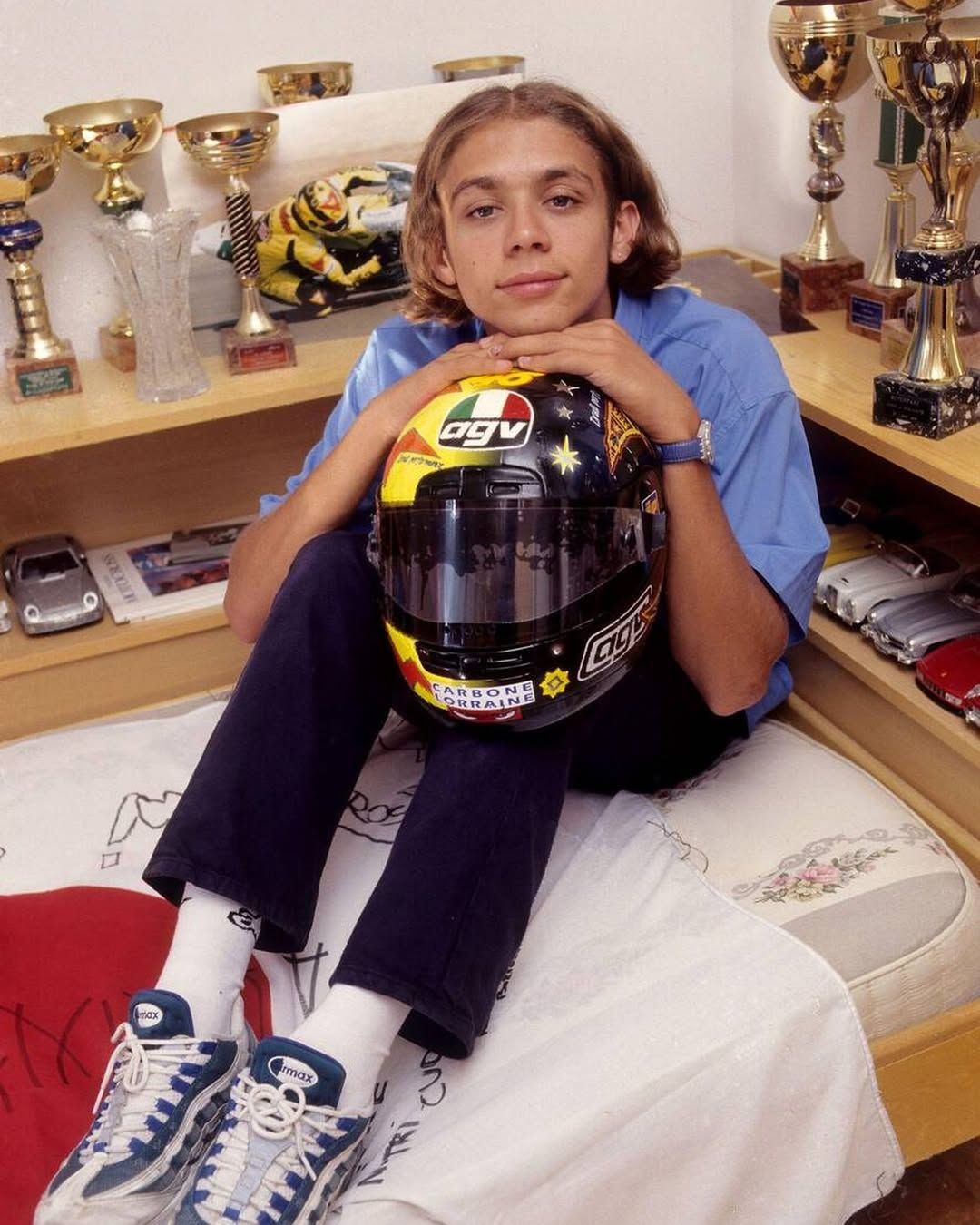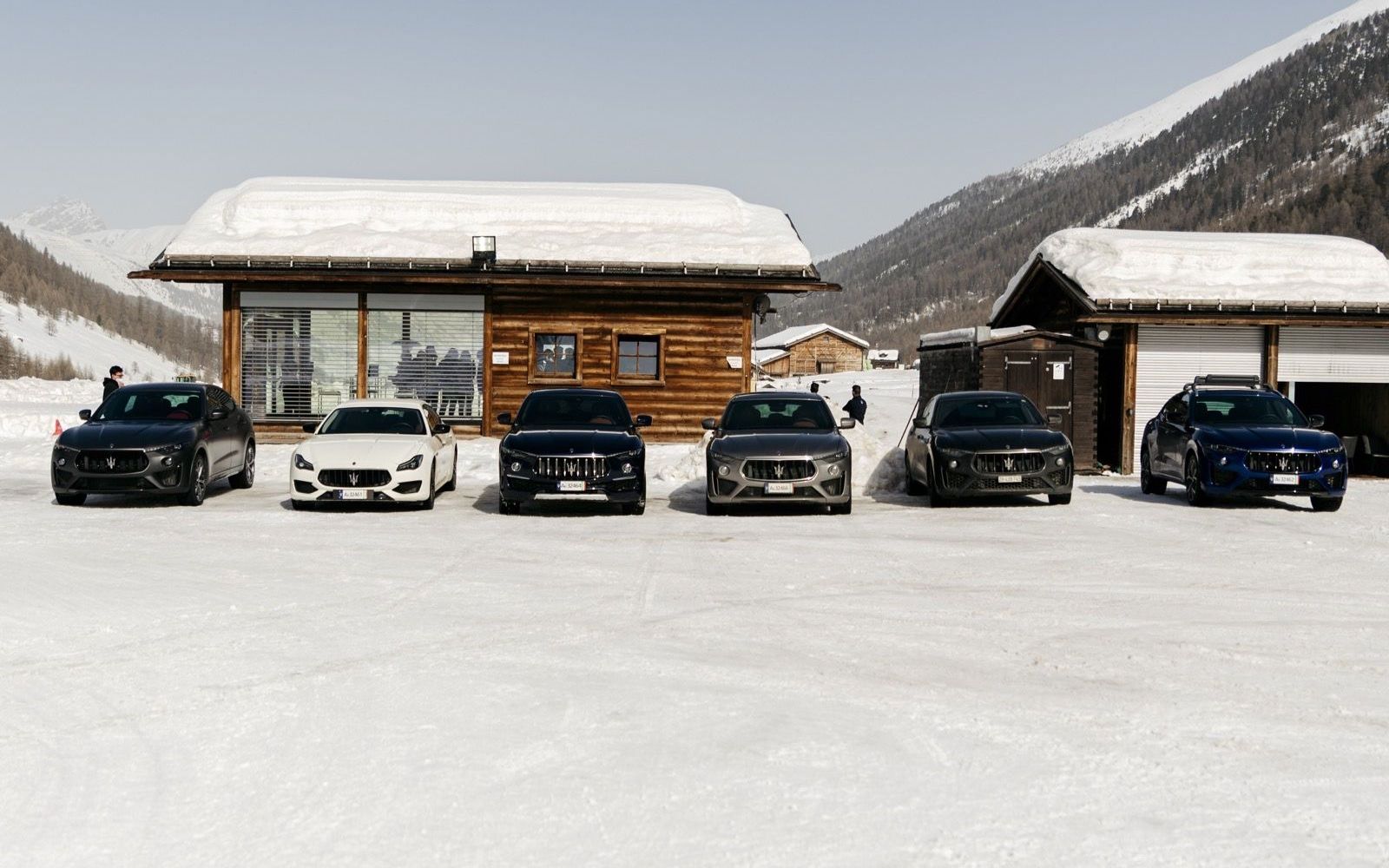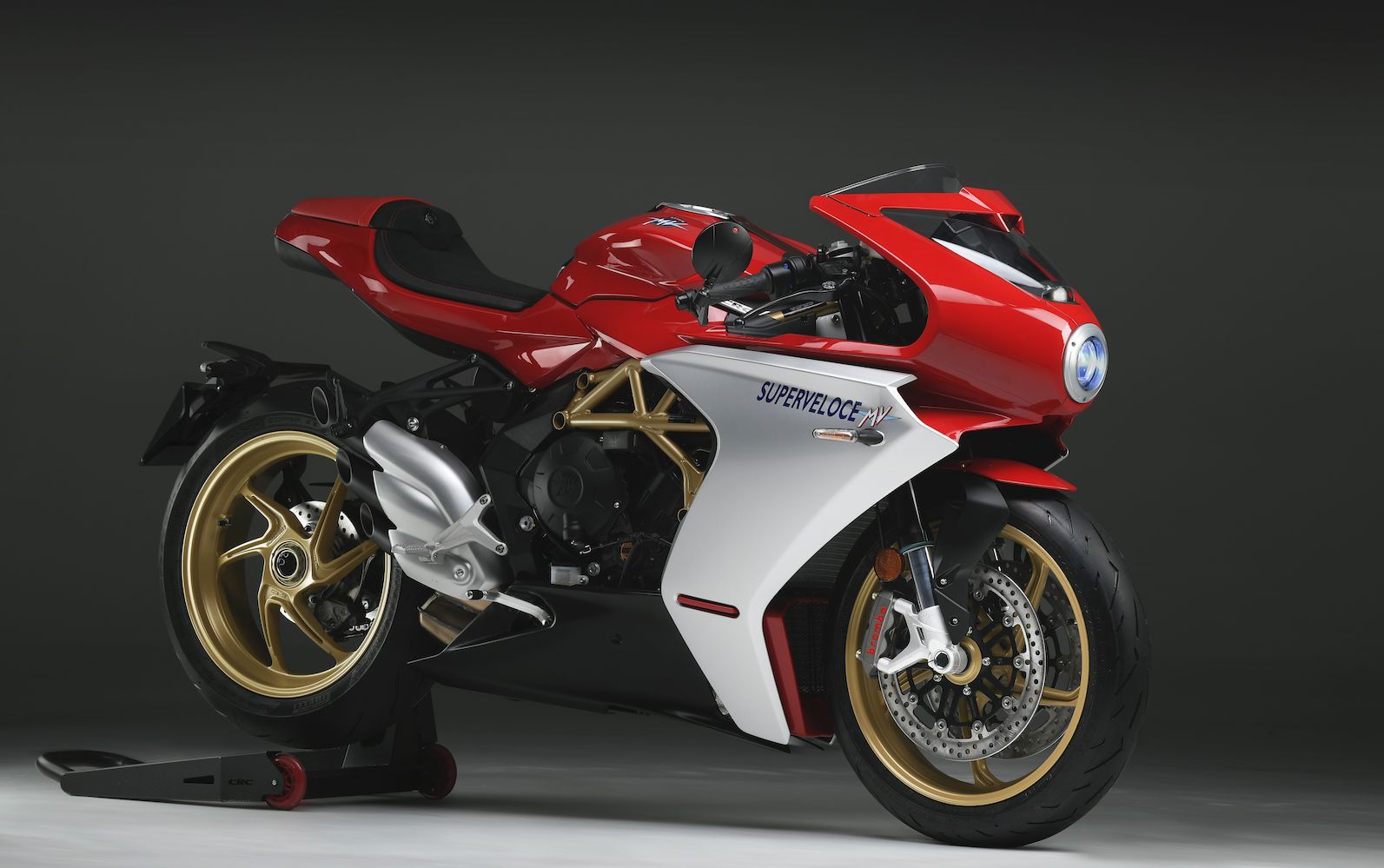
5 Motorcycles That Became an Italian Symbol When emotions are turned into design on two wheels
For many people, the bike is a synonym of freedom and joy. Though, sometimes it happens that, for any reason, the two wheels becomes something more, finding a special place in the hearts of fans and not only. Whether for aesthetics, power or technical solutions, some motorcycles become true works of art, able to embody the values of Made in Italy and to give authentic unique emotions for all generations.
nss magazine have identified 5 models of Italian bikes, different in segments and displacements, that have deeply influenced the Italian and international motorcycle culture, becoming design icons worldwide recognized and able to export to other Countries some of the Italian know-how and style that still have much to say.
Husqvarna sms 125 2t
The brand, of Swedish origin, was owned by Cagiva from 1987 to 2007, with the production site in Cassinetta di Biandronno, near Varese. How not to tell you about the "Husky" sms 125 2t, one of the most loved 2-stroke motard by sixteen-year-olds in Italy? Three series have been made, but perhaps the most iconic is the one from 2006 to 2008, with silver frame, gold forks and red and white plastic. Well prepared for power processing on the engine (but perhaps a little delicate), the Husqvarna sms 125 2t is a bike still able to give great emotions to young motorcyclists who dream of a bit of freedom to 2%.
MV Agusta F4
When you think of engineering and art on two wheels, you are thinking of the MV Agusta F4. Born from the mind of Massimo Tamburini, the father-designer of some of the most beautiful sports bikes, with the help of Claudio Castiglioni and the precious mechanical advices from Ferrari, it has always been more than just a motorcycle. The name, F4, where "F" stands for Ferrari and 4 the number of cylinders, is already an important declaration of intents.
When it was presented in 1997, the F4 750 was a real surprise: in a short time everybody understood that this bike was the ultimate expression in terms of design and performance for those times, and that it would become a milestone. That wind sculptured windscreen, with the rhomboidal headlight in the middle, the tapered fairing and the exhaust system called "organ pipes", were something unimaginable for the time. The first examples were proposed in a limited series called "Gold Series", because of the forks and rims in gold color, as well as the presence of precious details in carbon and magnesium. In 2001, the first restyling took place, with the presentation of the F4 1000 model, identical in appearance but with the new engine. This version had several other special series, such as the F4 SPR, the F4 Tamburini in carbon and titanium, the R312 (where 312 is the km/h, its top speed) and the very precious F4 CC, a celebratory version by Claudio Castiglioni, sold at the record price of 100,000 euros (with a Rolex and a Trussardi jacket). A second restyling was carried out in 2009, but the interventions focused more on mechanics and performance.
The MV Agusta F4 1000S also appears on the big screen in The Dark Knight (Christopher Nolan, 2008), when Christian Bale aka Bruce Wayne drives the bike with elegant aggressiveness along the streets of New York.
Cagiva Elefant 900
In the scenario of Italian production, the Cagiva Elefant is a real unique jewel that has been able to update over time. Born back in 1984, that means in years when the most popular bikes in the industry were small and medium displacement enduro bikes, the first Cagiva Elefant 125 (then declined in the 200 cc, 250 cc and 350 cc variants) was presented in an international market dominated by European and Japanese offers; the bikes were quite successful, but did not keep pace with the competitors.
The Elefant 900 was born with one clear objective: to win the famous Paris-Dakar. It was the almost perfect bike. Equipped with a Ducati-derived 904 cc engine capable of developing 90 hp, it had enough power for the road and dirt tracks, and guaranteed very high speed peaks for the period. The rider Edi Orioli riding the Elefant in Lucky Explorer (Lucky Strike) livery took an extraordinary victory at the Paris-Dakar in 1990, which could only translate into a real sales boom.
For Italy, the Elefant project has represented a pride and an indelible point of reference in off-road races, just like the Lancia Delta.
Bimota Tesi
Bimota is a historical name for Italian motorcycling, although limited to the circle of true enthusiasts. Tesi was born in the mind of Pierluigi Marconi, a young engineering graduate who decided to develop the concept of front suspension with steering in the hub for his thesis (hence the name, because "tesi" means thesis) and represents one of the most revolutionary sports bikes ever made, both technologically advanced and aesthetically unconventional, thanks to a series of technical solutions that have made it one of the benchmarks for all engineers and designers in the world in the years to come. As they say, Italians do it better.
There are three versions that have been commercialized: the 1D in 1990, the 2D in 2002 and the 3D in 2006, each one characterized by peculiar features as well as by very requested limited series. For example of the 1D we find the "ER" and "ES" (designed by Giorgetto Giugiaro), with different for aesthetics and technological contents, then the 400J exclusive for Japan in 50 units and the 1D Folgore Bianca, aesthetic extremes realized in only 30 units.
The Tesi is not a winning bike, but a concrete project made by enthusiasts for enthusiasts, according to the logic "form follows function", with a strong propensity to emphasize the (a lot of) technology that characterizes it.
Ducati Panigale
It is the most recent bike among those present here, but it has already earned its rightful presence on the list.
Presented in 2011, in fact, already in 2014 it received the prestigious Compasso D'Oro award from the ADI, testifying to the quality and value of the sport bike for Italian design. The name, Panigale, is a tribute to the "Borgo Panigale" district of Bologna, Ducati's historic headquarters: the project was intended to represent a sort of state of the art for the Italian racing sector and beyond. At its debut it was equipped with an 1199 cc twin-cylinder engine with 195 hp, aluminium frame and a lot of technology; more advanced chassis, lightened magnesium components and titanium exhausts are some of the details present on the limited versions "S" and "S Tricolore". In 2013, the real spearhead of the Panigale series was launched: the "Superleggera" limited series, launched in only 500 examples, which, as the name suggests, makes extensive use of composite and lightened materials, aimed at reducing the already low weight, which reaches 155 kg with a declared power of 200 hp.
Went into production in 2014, the 1199 S Senna is the second Ducati (after the 916 in 1994) created to celebrate the beloved Formula 1 driver, Ayrton Senna, who is passionate about the Bolognese brand. Produced in a very limited edition of 161 units reserved for the Brazilian market, it features the famous livery personally chosen by the South American champion. Due to its purely Italian style and the brand's affinity with the world of racing and supercars, it is not uncommon to find a Panigale in its limited edition in collectors' garages, next to a few jewels on 4 wheels.










































